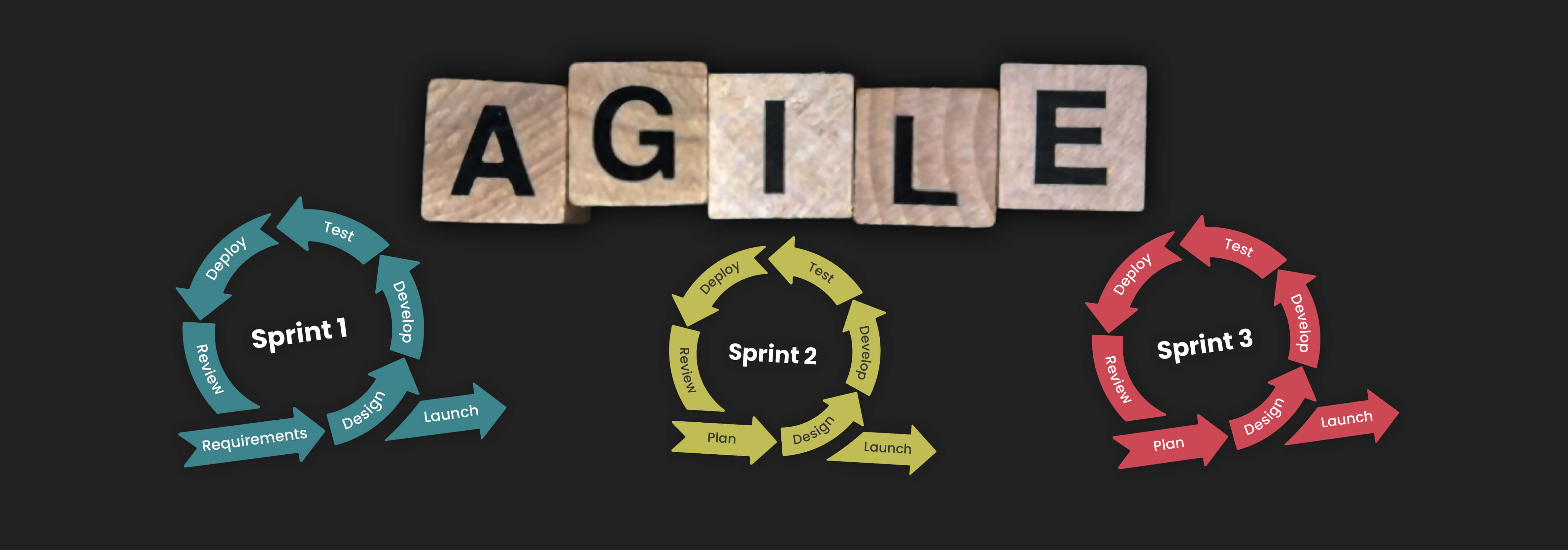Agile Transformation: How Agile Software Development Has Gone Mainstream

In software development methodology, with the thought of “How to make an idea into a reality,” the agile method is the first thing that comes to mind to step up into the process. In simple terms, agile is a set of values and principles that teams can use to make decisions on developing software.
Evolutionary project management and software development methods can be traced back to 1957 where heavyweight methods were used in the development process. Lightweight software development methods started to evolve in the 1990s with different executions.
The traditional waterfall or the incubate method takes a lot of time and work and is often described by critics as a micro-managed and overly regulated methodology. The collection was inclusive of 17 software development methods where the developers met in 2001 and published the manifesto of Agile Software Development.
Overview of Agile
With the publication of the manifesto for agile software development, four values were outlined by the Agile alliance. These values enabled a faster process, excellent customer collaboration, adapt and revamp planning and put people before processes. The values are:
- Individuals and interactions over processes and tools
- Working software over comprehensive documentation
- Customer collaboration over contract negotiation
- Responding to change over following a plan
Furthermore, it was finalized with 12 development principles. These fundamentals help user involvement and a cooperative approach where stakeholders can monitor and examine the progress of their products. It further helps in identifying issues during the development process and gives assurance of achieving satisfying expectations. The 12 agile software development principles are;
- Customer satisfaction with prompt delivery of valuable software.
- Welcome changing requirements, even in late development.
- Deliver working software frequently in shorter springs
- Close engagement and collaboration between business people and developers
- Projects are built around trusted motivated individuals
- A face-to-face conversation is considered as the best form of communication
- Working software is considered as the initial measurement tool of the progress
- Sustainable development is used to maintain a constant pace
- Constant attentiveness to technical excellence and designing
- Use of simplicity and maximizing the amount of work not done is required
- Use of finest architectures, requirements, and designer ideas.
- Regular effectiveness and adaptability of the team for adjustments.
How Agile Has Gone Mainstream
The methodologies and applications of agile have led to the mainstream in software development with proven results in making efficient and effective products. The diversification and constant changes in technology have raised the need for flexibility and adaptability of software to meet future changes. With agile, products were engineered and developed in a way that they are nimble enough to adjust to the changes and the businesses.
The global competition in every industry to develop the best user-friendly and feasible product keeps rising with numerous attempts from all corners of the world to deliver the most refined technology solutions. Hence, business owners often prefer a method that can create a more durable, flexible product to beat competitors. The practices used in agile methodology come in handy here to deliver a top-notch solution.
With the Agile method, practices like MVP are used to get faster test runs and feedback from users before developing the complete solution. This helps to receive an assurance on the strategies used and to receive an idea of the success rate of the ultimate expectation to build up the business value.
The stakeholder engagement before, between, and after each sprint results in higher collaboration and helps to deeply engage in the project, which eventually results in delivering a high-quality product. It further helps in transparency where clients can be involved in prioritizing features and other changes with the right guidance and understanding in each review session.
The agile method of software development also helps in improving quality by breaking down its units where the team can focus and concentrate more on each section with testing and reviews. It also helps in finding defects easily and quickly and figuring out the mismatches that need to be altered accordingly.
The powerful tool of agile consisting of components such as project planning, roadmap creations, sprint planning, sprint reviews, and retrospective helps every participant to enhance the product quality in terms of control, flexibility, adaptability, etc. The testing methods help in developing a product speedily and cost-efficiently while focusing more precisely on the final goal. It helps to overcome pitfalls like scope creep and waive off the unnecessary costs while engineering the product.
Practicing these methodologies helps the development team to work collaboratively with higher transparency to deliver a product with a higher success rate. It further aids in developing software that is nimble enough to adjust to future changes and requirements in the business.
It is essential to find a team that follows these practices and principles of agile correctly during a software development process to deliver a high-quality, superior product. At Fidenz, we have a proven record of building successful products with the right strategies and implementations. If you are looking for a software solution to upscale your business, contact us to receive the best consultation on product development with agile methodologies. Our team can provide you with robust software solutions that can serve your organizational goals and adapt to future changes along the way.
